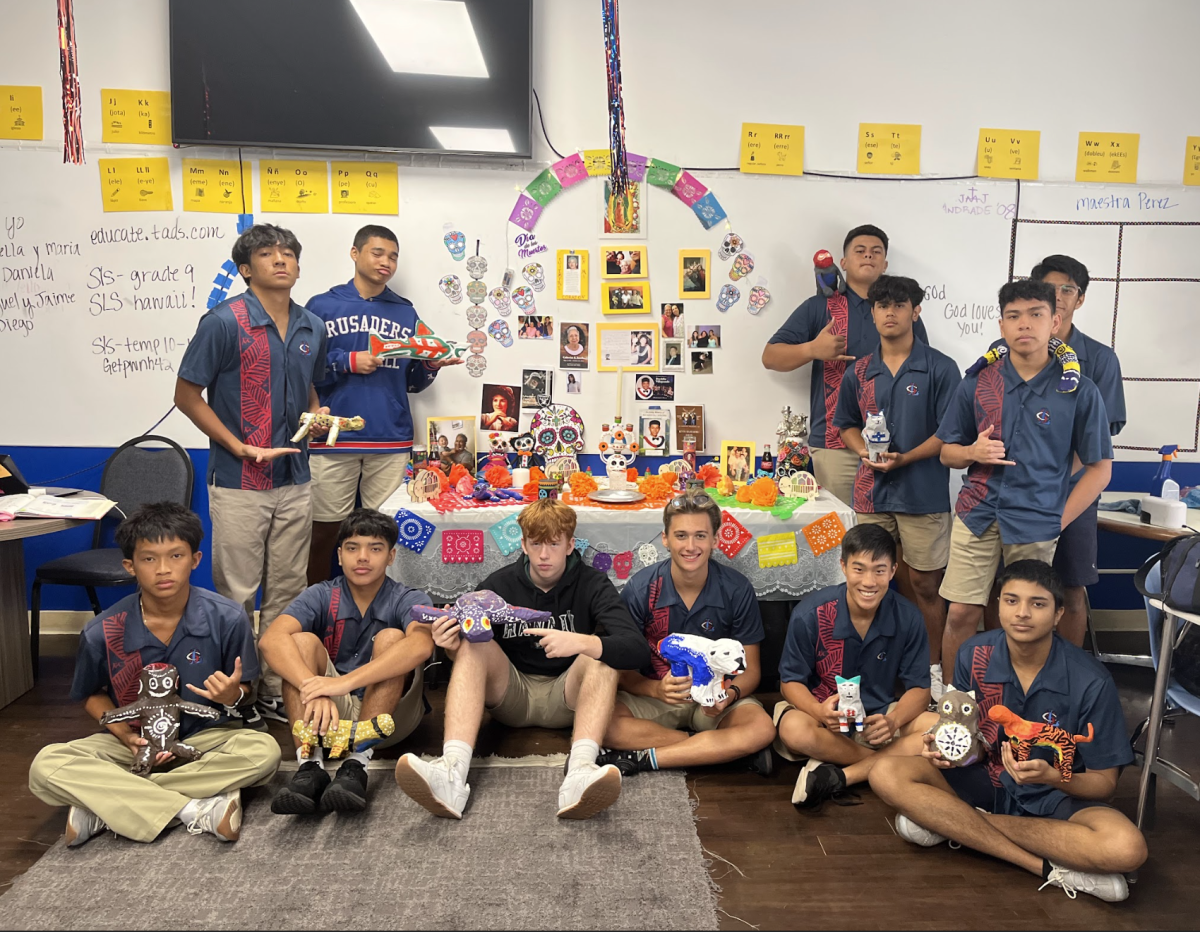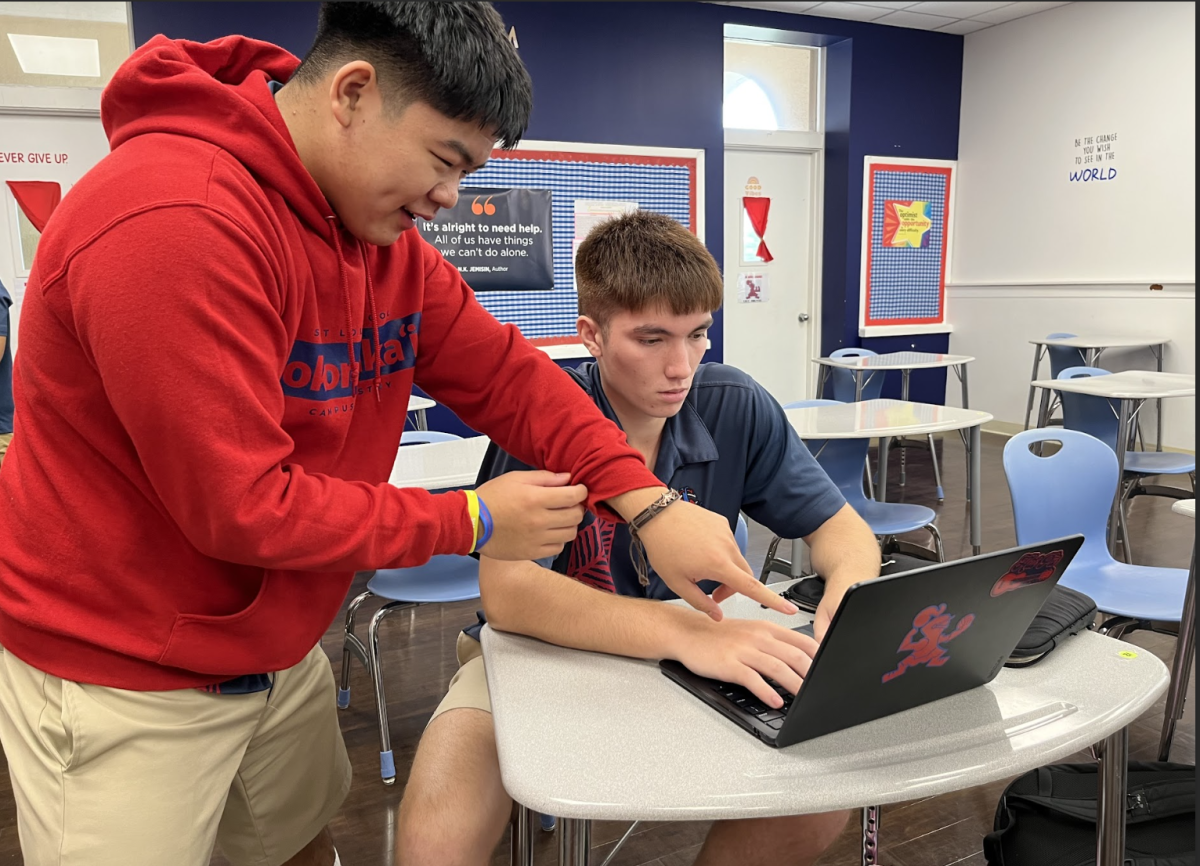Hidden from the clashing coastline of Hawaii Kai with its stunning view, Spitting Caves may appear to the unsuspecting traveler like a secret paradise, its daring cliffs plunging abruptly into the dark, blue Pacific, where ocean waves thrash brutally against sharp rock walls. Erupting out of the sea cave below with violent energy are high-speed ocean surges that create the namesake “spit.” The seawater on either side of the cliffs seems surprisingly strong, with irregular currents and no easy exit. Many tourists have been swept away or hurt here, so Spitting Caves is one of Oʻahu‘s most dangerous spots for those who get too close to the edge or try to jump.
Spitting Caves in Hawaii Kai might seem like a cool hidden spot if you’re visiting Oʻahu. From the top, it looks like a peaceful place to watch the ocean. There’s a tall cliff with waves crashing far below, and sometimes you’ll see water shooting out of the rocks like a big splash. It’s a popular place for photos and even cliff jumping, but most people don’t realize how dangerous it is. The water down there is powerful. There are strong currents, crashing waves, and nothing to grab onto if you get swept in. Even good swimmers have gotten pulled under, and sadly, some people have lost their lives here. There are no lifeguards, and it’s hard for rescue crews to reach someone quickly if something goes wrong. The rocks are also on a slope, making it easy to fall, and one wrong step near the edge can be a serious injury. It might look beautiful, but Spitting Caves is not a safe place to explore too closely or jump from.
Like many young people drawn to the thrill and the stunning views, Christina Lindsay, a tourist, didn’t fully grasp how risky the jump could be. There were no lifeguards, no safety nets, just a sheer drop into unpredictable, crashing waves. Looking back on the experience, she admits she didn’t think it through. “If I’m being completely honest, I don’t even look at the risk factor when it comes to these sorts of things. I usually just skip that part and look at the fun, rewarding part,” Lindsay said. “I should start looking at the consequences of these stunts, though.” 
When asked if the experience changed how she views cliff jumping as a whole, Lindsay was honest. “Not really. I know cliff jumping is a dangerous hobby, and it can easily take your life with one wrong move,” she said. While her love for the thrill hasn’t faded, Spitting Caves left her with a sobering reminder of what’s at stake. “Jumping Spitting Caves made me realize that you know life is short and one simple mistake can take your life, so you better pick and choose.” Despite her calm delivery, there’s a weight behind her words, a sense that the reality of the danger can hit close to home for someone else out there.
Lindsay also pointed out the physical details that can turn a cliff jump from exciting to dangerous in seconds. “I would have to say the run-up spot to leap off. If the run-up spot is long and flat and clear of any small rocks or glass, then it’s a good spot,” Lindsay explained. “If the running spot is short and slanted like Spitting Caves, then that counts as a bad jumping spot.” That slight slant in the rock, easy to overlook by someone focused on the jump itself, can affect your footing, throw off your balance, or lead to a misstep at the very edge, all of which can turn a fun stunt into a life-threatening mistake.
While Lindsay’s experience shows the mindset of someone chasing the thrill, people on the other side of those jumps see a very different picture. Tiamu Lopa is one of them. As a lifeguard on Oʻahu, he’s seen firsthand how fast things can go wrong at places like Spitting Caves. He’s helped pull people from the water, responded to close calls, and even witnessed situations where help came too late. Lopa doesn’t share warnings to scare anyone; he shares them because he’s been there, and he knows how unforgiving the ocean can be. For Lopa, the ocean has always been a part of his life, not just something to watch or visit, but something to understand and respect. His connection to the water started early, shaped by family and experience. “I come from a family of aquatic athletes. I was inspired by my uncle, who would always take me out to surf,” he shared. “He taught me how the ocean moves and how you can recognize it. Growing up around the water also led me down the lifeguard career path.” His training and background didn’t just teach him how to swim or surf, they taught him how to read the ocean, spot danger before it happens, and respond when things go wrong.
 Lopa’s years of experience have given him a unique perspective on the people who underestimate the power of the ocean. It’s a frustrating feeling, knowing someone is about to make a dangerous decision but having little control over their actions. “Yes. I’ve seen my team try and talk to multiple people out of going in the ocean,” he said, recalling those moments. “But still, they ignore them and go in. And we’ve seen reef cuts, people getting slammed onto the shore by waves, it’s just the ocean’s way of telling them to stay on land.” For Lopa, every rescue serves as a reminder of why he does what he does. It’s not just a job, it’s a responsibility he carries with pride and dedication. “All my rescues and experiences remind me why my work is important,” he said. “Every rescue is important to me, and I never forget my rescues. They all mean something to me.” The emotional weight of each rescue stays with him, shaping his passion for lifeguarding and driving him to do everything in his power to prevent another life-threatening situation.
Lopa’s years of experience have given him a unique perspective on the people who underestimate the power of the ocean. It’s a frustrating feeling, knowing someone is about to make a dangerous decision but having little control over their actions. “Yes. I’ve seen my team try and talk to multiple people out of going in the ocean,” he said, recalling those moments. “But still, they ignore them and go in. And we’ve seen reef cuts, people getting slammed onto the shore by waves, it’s just the ocean’s way of telling them to stay on land.” For Lopa, every rescue serves as a reminder of why he does what he does. It’s not just a job, it’s a responsibility he carries with pride and dedication. “All my rescues and experiences remind me why my work is important,” he said. “Every rescue is important to me, and I never forget my rescues. They all mean something to me.” The emotional weight of each rescue stays with him, shaping his passion for lifeguarding and driving him to do everything in his power to prevent another life-threatening situation.
While Lopa’s focus is on the immediate risks of the ocean, others in Hawaii Kai feel the long-lasting impact of these accidents in a deeper way. Noe Gomez, a longtime resident of Hawaii Kai, has seen firsthand how these incidents ripple through the local community. For him, it’s not just about the thrill-seekers or the ocean, it’s about the people, families, and the lasting effects these tragedies leave behind. For Gomez, the trend of taking risks for the sake of social media and personal pride has only added to the problem. He’s seen it up close in Hawaii Kai, “Honestly, ego and social media,” Gomez said. “Everyone wants to say they did it or post a video that looks cool. I think a lot of people just believe, ‘It won’t happen to me.’” The desire or urge to capture an unforgettable moment can hide the real consequences.
Despite the rise in risky behavior, Gomez is quick to recognize and appreciate the people who respond when things go wrong. Living in Hawaii Kai, he’s witnessed the rescue crews in action and has deep respect for how they handle each emergency. “The rescue teams are incredible,” he states. “You can tell they’ve gotten faster and more prepared because they know how often it happens now. They always treat every call like it’s life or death.” For residents like Gomez, the presence of these trained professionals brings a sense of comfort, but also a constant reminder of how real the danger at Spitting Caves has become.
For Gomez and many others in Hawaii Kai, the sound of sirens or the sight of a rescue helicopter circling Spitting Caves is no longer rare; it’s expected. With that expectation comes a heavy emotional toll. “It’s heartbreaking, honestly,” he said. “Every time you hear sirens or see the rescue helicopter, you just hope it’s not something serious, but most times it is. It’s frustrating, too, because a lot of the accidents could have been avoided.” In the end, Spitting Caves may look like the perfect place for adventure and breathtaking views, but beneath the surface lies real danger, a danger that has touched families, tested rescue teams, and shaken an entire community.












